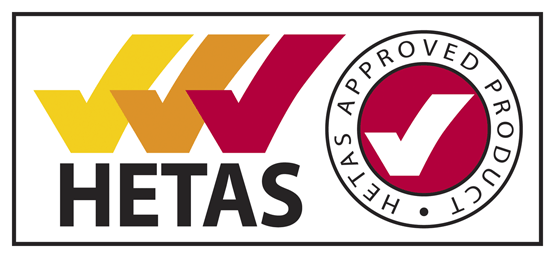What we've learned about the Recoheat
- Will Burrows
- Jan 7, 2021
- 2 min read
Here's a thing: we used to think the Recoheat worked so well because it captured so much heat from the flue and sent it into the room.
We've realised that's only partially true.
Actually, the biggest effect seems to come from the fact that the jet of hot air coming from the Recoheat creates a vortex effect in the air flow in front of the stove, that draws the heat from the stove out into the room and the cool air of the room towards it so that heat transfer is much more efficient.
The heat transfer efficiency comes from the increased area it occurs in, and the fact that it is continuous because of the pump, and doesn't rely on the heat of the stove to drive it - as occurs when the transfer relies on circulation dependent on convection.
The stove below is a Hunter Herald 80b that is built to kick out 17 - 21kw to run a back boiler - it's massive. It also eats an enormous amount of fuel maintaining a temperature that will create convection in the large room it's situated in.
We fitted a Recoheat to the back-entry flue where it produces much less heat, but it has succeeded in transforming the effectiveness of the stove. For the first time, the room has an even, warm temperature right to the back, using a third of the fuel. Literally that much less - because it just needs a hot fire in the middle and it's working fantastically: it doesn't need to heat the stove. In fact, the surface of the stove is cool enough to touch, briefly.
Instead of the area around the stove - set out with seats huddled around it - being hot while the rest of the room is cold, the owner has brought extra sofas into the room and set them at the back and down the side, because the whole room is warm.
It's amazing.












Comments